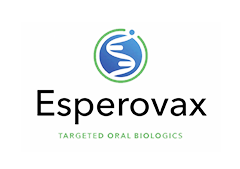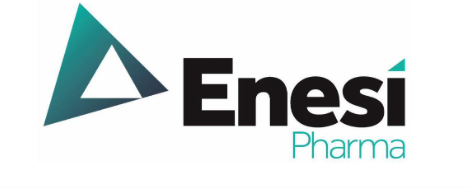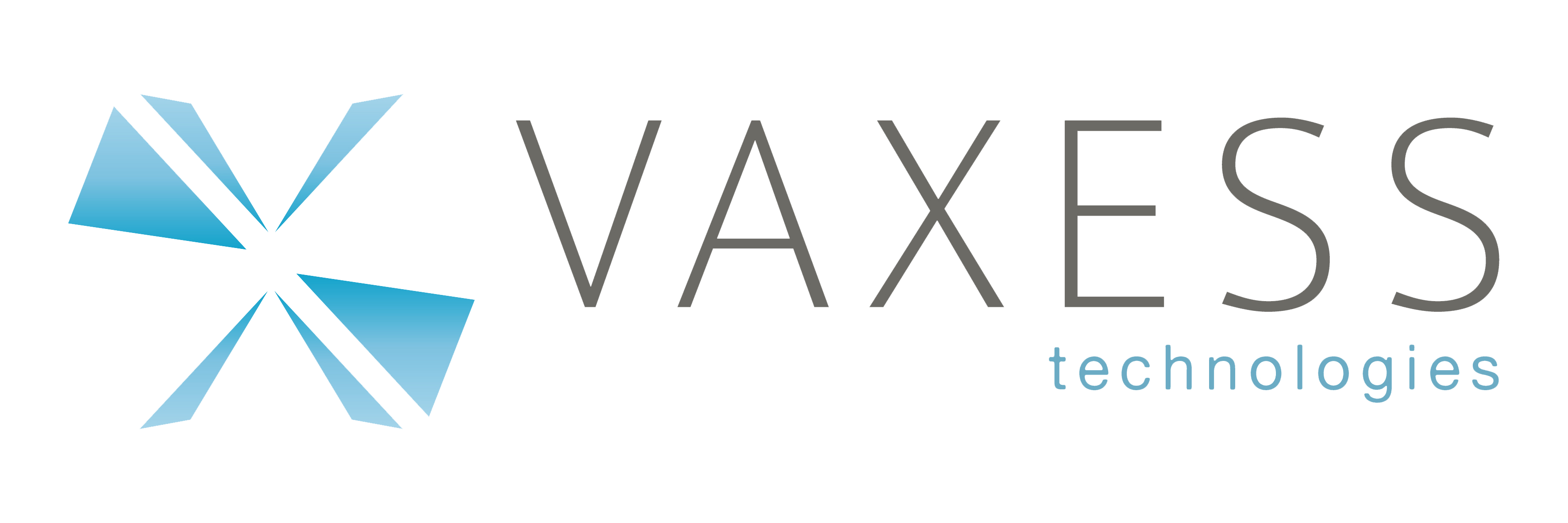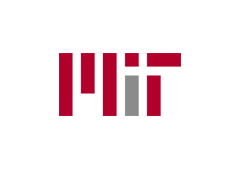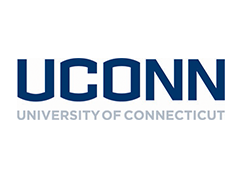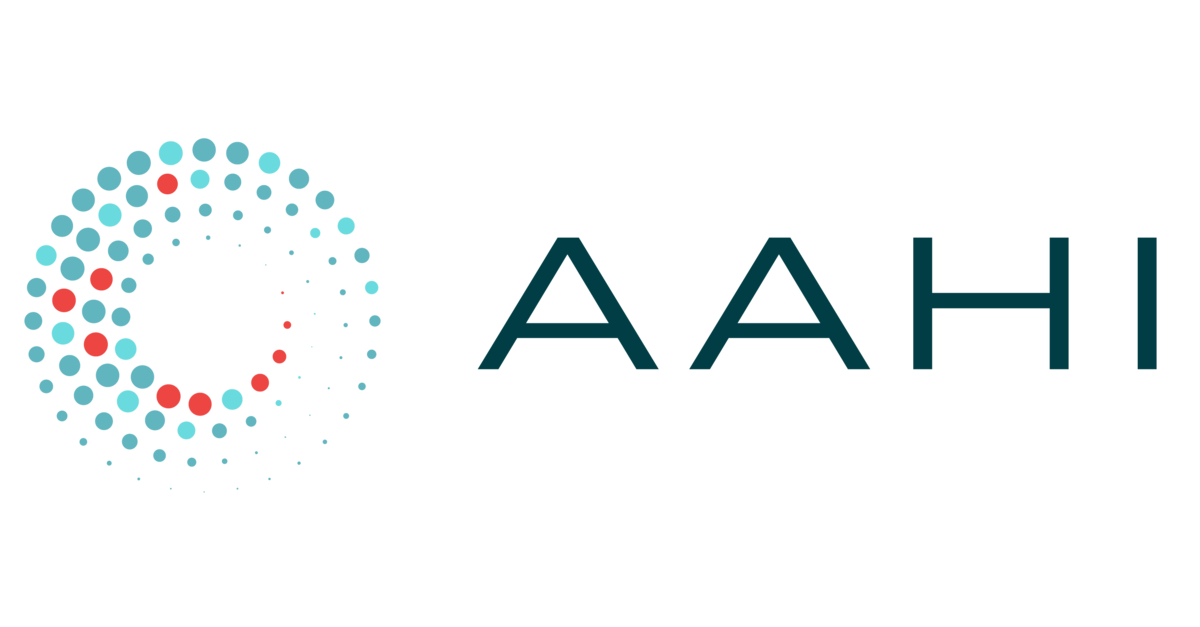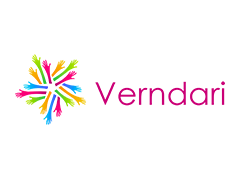OVERVIEW
Current vaccination strategies, almost all requiring injection of a liquid form via needle and syringe, place a tremendous burden on the healthcare system and supply chain, especially during a pandemic. Beyond the Needle is developing alternative technologies for vaccine delivery that aim to transform this paradigm, making vaccines and therapeutics easier to administer, more widely available, without the need for needles, syringes, vials, and cold-chain distribution burdens.
PARTNERS
Companies we have partnered with on this program to date
APPROACH
Help bring new technologies to the market that will replace the needle and syringe as the default modality.
This includes technologies that:
- Use alternative delivery routes such as oral (gut, buccal, sublingual), intranasal, transdermal, and implant (subcutaneous)
- Involve simplified logistics that facilitate more rapid deployment and uptake
- Reduce the requirement for vaccination by trained healthcare professionals
Program Goals
Overcome Logistics Burdens
Simplify and optimize manufacturing, storing, shipping and distributing needles and syringes.
Increase Immunization Compliance
Reduce side effects, easier (possibly self-) administration, and dose sparing for single-dose efficacy (vs. multiple boosters).
Make Vaccines Widely Available
Increase administrative capability in constrained settings, during a pandemic, or other public health emergency.
Program Faq
Is this Funding Opportunity open to academics or do only companies qualify?
It is open to both academia and industries as long as the respondents meet all the requirements described in the EZ-BAA and the special instructions.
Can large companies apply to this funding program?
Any entity can submit proposal via the EZ-BAA portal as long as they are registered with https://SAM.gov/content/home
Can companies/universities outside of the United States apply for DRIVe funding?
Yes. Applicants from outside of the United States are eligible to apply for funding.
Do academic institutions also need to provide a 30% cost share?
Yes. Abstract submissions should include a cost-share that is within our target range of minimum 30-50% minimum, unless you satisfy the regulatory exception (included below for reference). Currently, none of the DRIVe partners under the DRIVe EZ-BAA have been awarded a contract that does not include a cost-share component below range, including all universities and non-profit organizations. Cost-share may be in-kind or cash contributions. It may also come from a third-party investor/sponsor, however, it is up to you to ensure you receive their contribution toward the proposed project. Many organizations offer to cover Overhead or Fringe Benefits. Some also offer pro-bono labor hours or sponsored equipment, materials, or subcontractor costs. A combination of all of the above could be acceptable. It would need to be indicated on a submission what is being cost-shared. To qualify for no cost-share under an EZ-BAA award, a respondent must show that there is "no probability that the respondent will receive present or future benefits from participation as described in Federal Acquisition Regulation (FAR) 16.303." Examples of present or future benefits include increased technical know-how, training for employees, acquisition of goods or services, development of a commercially viable product that can be sold in the commercial market, and use of background knowledge in future contracts.
What are the data sharing requirements of this program?
Projects funded under this program have data sharing requirements with the U.S. government consistent with government regulation (FAR 52.227-14 Rights in Data). The program requires that you share all data (including raw data) generated under the project for government use consistent with the regulation.
The EZ-BAA application is so short. Can I include links to figures or references?
While you can include links to figures or references, it is not mandated that reviewers view that outside information. At this time, the abstract format does not accept any figures, only text.
